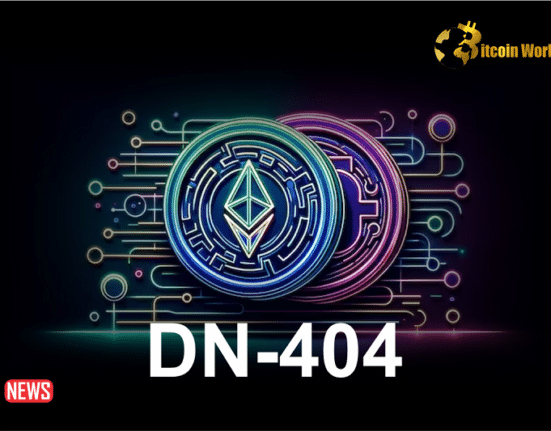Within the realm of decentralized finance (DeFi), flash loans have emerged as a revolutionary financial instrument, enabling users to borrow and repay large sums of capital within a single blockchain transaction block. This unique characteristic, coupled with the absence of collateral requirements, has opened a plethora of possibilities for traders, arbitrageurs, and developers in the DeFi ecosystem.
UNDERSTANDING FLASH LOANS: A CONCEPTUAL OVERVIEW
At the heart of flash loans lies the concept of smart contracts, self-executing contracts that govern the terms of the loan agreement. When a user initiates a flash loan, they borrow a specified amount of cryptocurrency from a lending pool. The smart contract then orchestrates the entire lending process, ensuring that the borrowed funds are used for the intended purpose and repaid within the confines of the same transaction block.
THE MECHANISM OF FLASH LOANS: A STEP-BY-STEP BREAKDOWN
- Initiation: The user initiates the flash loan by sending a transaction to the lending pool’s smart contract.
- Borrowing: The smart contract transfers the specified amount of cryptocurrency to the user’s address.
- Execution: The user executes the intended actions, such as arbitrage or collateral swapping, utilizing the borrowed funds.
- Repayment: The smart contract automatically deducts the borrowed amount from the user’s address and repays the lending pool.
- Completion: If the entire process, including the repayment, is completed within the same block, the transaction is considered successful. If not, the transaction is reversed, and no funds are exchanged.
KEY CHARACTERISTICS OF FLASH LOANS
- Uncollateralized: Flash loans do not require collateral, making them accessible to a wider range of users.
- Speed: Transactions are executed within a single block, enabling rapid execution of strategies.
- Automation: Smart contracts handle the entire process, minimizing manual intervention.
APPLICATIONS OF FLASH LOANS IN DEFI
- Arbitrage: Traders exploit price discrepancies across different DeFi platforms to generate profits.
- Collateral Swapping: Users can optimize their collateral positions to earn higher yields.
- Liquidity Provision: Flash loans can be used to temporarily provide liquidity to pools and earn rewards.
- Flash Minting: Flash loans can be used to create complex financial transactions and products.
BENEFITS AND RISKS OF FLASH LOANS BENEFITS:
- Increased capital efficiency: Users can leverage large sums without collateral, amplifying their potential returns.
- Flexibility and innovation: Flash loans enable new and innovative strategies to be developed.
- Efficient arbitrage and market corrections: Flash loans can facilitate arbitrage and promote market efficiency.
Risks:
- Smart contract vulnerabilities: Exploits in smart contracts can lead to losses of borrowed funds.
- Rapid price fluctuations: Unforeseen market movements can lead to losses if loans are not repaid promptly.
- Complexity: Flash loans require a deep understanding of DeFi protocols and smart contracts.
FLASH LOANS – A CATALYST FOR DEFI INNOVATION
Flash loans have revolutionized the DeFi landscape, introducing a unique and powerful financial instrument. While not without risks, flash loans have opened doors to new strategies, improved capital efficiency, and facilitated innovation within the DeFi ecosystem. As the DeFi space continues to evolve, flash loans are poised to play an increasingly crucial role in shaping the future of decentralized finance.















